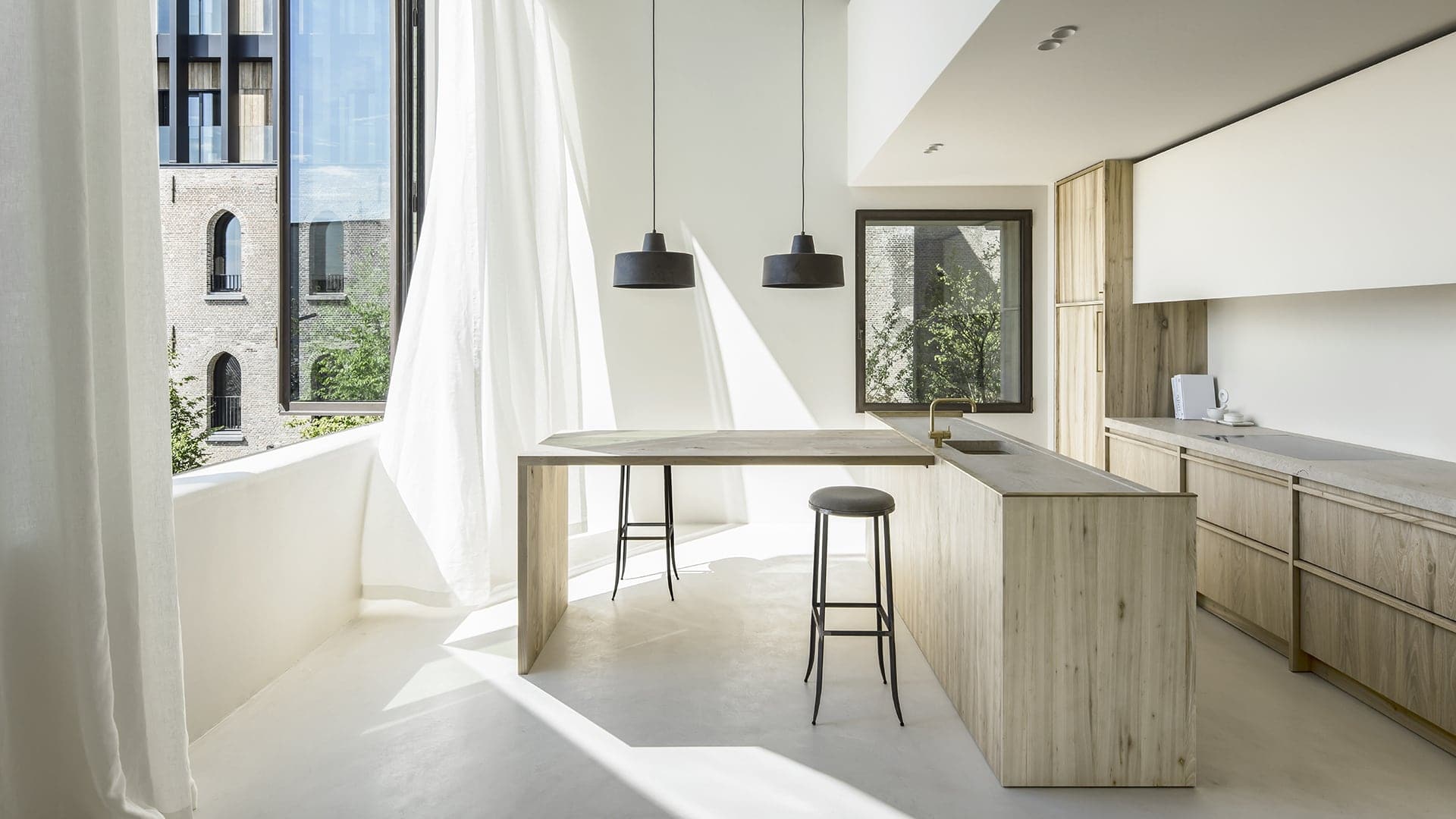Microcement is an alternative building material that offers most of the benefits of traditional concrete cement but with less hassle and a much lower price tag. Microcement is a wonder product that can meet all your building needs. It’s easy to work with because you can cast it like regular cement or precast blocks like bricks. The best part? It has a wide range of applications, thus opening up a world of new possibilities. Here are five reasons you should use microcement as an alternative to traditional concrete in your next home construction job!

-
Microcement is Highly Compatible with Underfloor Heating Systems
When it comes to underfloor heating systems, you may think that traditional concrete is the only option for flooring. However, microcement is an excellent alternative highly compatible with underfloor heating systems. The cement mixture in microcement will absorb heat from the ground and release it back into the room during cooler months.
With microcement as your overlay, there is no need to install an expensive system of pipes below your tiles or floors because there’s no freezing risk. Also, it has less thermal conductivity than solid concrete, thus preserving more warmth for the house. You can contact an expert to assist you on how to use it in your home to create a stylish, easy-to-maintain floor.
-
Microcement is Extremely Versatile
One of the main benefits of using microcement instead of traditional concrete is its versatility. Microcement can be used in many different ways in various settings, from residential homes to commercial buildings and even outdoors. You can apply it over wood, tiles, and other substrates. That makes it perfect for various projects, including walls, countertops, floors, patios, and pathways.
You can install microcement successfully on various environments, surfaces, and textures, from polished marble to rough slate. That allows you to create a unique look that perfectly fits your aesthetic. Plus, if you ever want to change the aesthetics of your space, it’s easy to paint over microcement without starting from scratch.
-
Microcement is Faster and Easier to Apply
Microcement is a worthy alternative to traditional concrete, offering a range of advantages for homeowners and businesses alike. Since microcement concrete is a compound of recycled glass, limestone, and cement, it’s lightweight, making it easier and much quicker to apply than traditional concrete. That saves you time and money as you don’t need as much material.
The workability of microcement also makes it easier for anyone, regardless of their skill level, to apply it quickly and effectively. Because of its unique formulation, microcement is much easier to install than traditional concrete, making it ideal for homeowners looking to renovate their space quickly and with minimal disruption
-
Microcement Resists Staining and Scratching
One of the main reasons why microcement is the perfect alternative to traditional concrete is that it is highly resistant to staining and scratching. It’s incredibly resilient against dirt, water, and other substances. That allows you to keep your floors clean and pristine for much longer than traditional concrete. That’s especially important when considering floors in high-traffic areas.
In places such as commercial kitchens, bathrooms, and hallways, regular maintenance and cleaning are essential to maintain a polished look. With microcement, you can be sure that all those areas will remain scratch and stain-free no matter how much traffic or use they endure. Unlike traditional concrete, microcement is also incredibly easy to repair in case of staining or scratches. That means you can quickly and easily repair any blemishes on your floor without completely replacing the whole surface, saving you time and money in the long run.
-
Handles Temperatures Changes Well
Microcement is an increasingly popular alternative to traditional concrete, and for a good reason. Its unique formulation and construction make it one of the most resilient and versatile materials available for use in both residential and commercial settings. One of the most incredible benefits of using microcement over traditional concrete is its ability to handle extreme temperatures without losing its structural integrity.
Unlike traditional concrete, microcement comprises a much finer mix of aggregates, giving it an extremely high level of flexibility. The increased flexibility allows microcement to expand and contract in response to temperature changes without cracking or becoming brittle. That means you can use microcement in areas where temperatures fluctuate considerably and not worry about your flooring losing its shape or becoming damaged due to the temperature change.
Conclusion
When it comes to building and construction, concrete is a staple material for a variety of applications. However, traditional concrete may not be the best option for all projects. That’s why microcement is quickly becoming a popular alternative. Not only is it stylish and modern, but it also offers several advantages over traditional concrete. Whether you want to decorate your outdoor spaces or use them as part of an interior design, you should consider using microcement as an alternative to traditional concrete. To learn more about what this trendy new product can do for your next project, contact a reliable and experienced company in the industry.

